PREVIOUS
Air pollution
December 24 , 2018
2578 days
5316
0
DELHI AND BEIJING
- The main sources of air pollution in NCR (National Capital Region) are more or less of the same nature as in case of Beijing, except that the former has an additional source from stubble burning.
- Beijing, the capital of China, appears to have turned the tide in its battle against air pollution in five years through an action plan launched in 2013.
- The air pollution of Beijing of PM2.5 has come down by 54%.
How Beijing made it happen?
- Research found that emissions from vehicles and dust generated by construction/digging activities and road cleaning etc accounted for most air pollution.
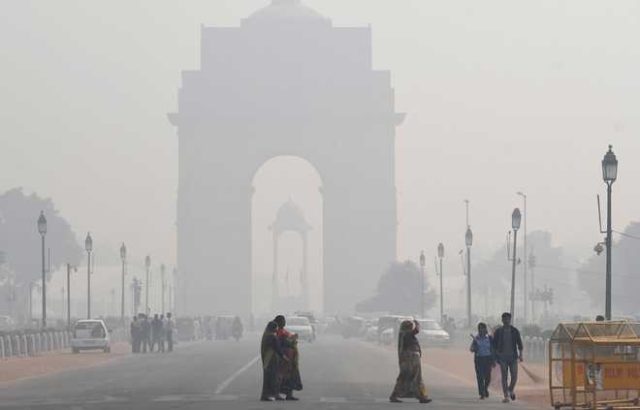
- Further, 45% of PM2.5 was produced by vehicles only, diesel trucks being the worst offenders. So, Beijing set doable targets and made sure they are achieved. For this, the government restricted the movement of diesel trucks within the city and major cargo corridors in and out of Beijing, resulting in reduction of PM2.5 pollution by 35%.
- All construction-related activities were banned from November 15, 2017, to March 15, 2018. Carbon emissions reduction was strictly imposed on heavily polluting industries.
- Why Delhi, like Beijing, could not tackle air pollution? There are differences in the approaches of Delhi NCR and Beijing NCR (Beijing-Tianjin-Heber).
Steps to be taken…
- First, Delhi needed to have at least 10,000 buses by December 31, 2018, as per Supreme Court order, but today Delhi has a fleet of 5,443 buses while Beijing has 28,343. Further, Delhi and Beijing have metro network length of 314-km and 608-km, respectively. These figures, when seen in light of their comparable populations of 21.7 million and 20 million, respectively, show that use of private cars, two and three wheelers, and taxis is bound to be much higher in Delhi NCR.
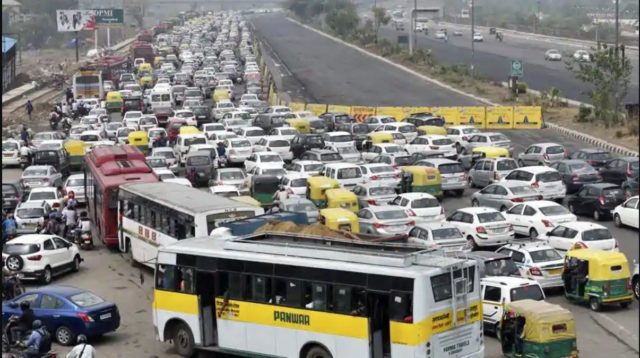
- Second, Supreme Court had ordered building of peripheral expressways so that diesel trucks, not destined for Delhi, do not enter the city. However, these have been completed only now after 13 years. The impact of Kundli-Manesar-Palwal (KMP) expressway will only be felt after some time. Beijing has already reduced its emissions by 34% by restructuring the movement of diesel trucks.
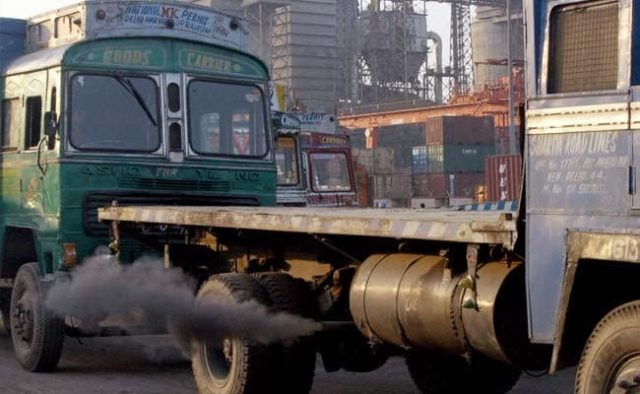
- Third, While Delhi NCR banned all construction activities only for 12-15 days stating from November1, Beijing enforced it for four months last year and this year too ensured that measures are taken to suppress the dust. Delhi must enforce a long-period ban on construction-related activities in all 15 hotspots (already identified) right from the time when the pollution touches poor category.
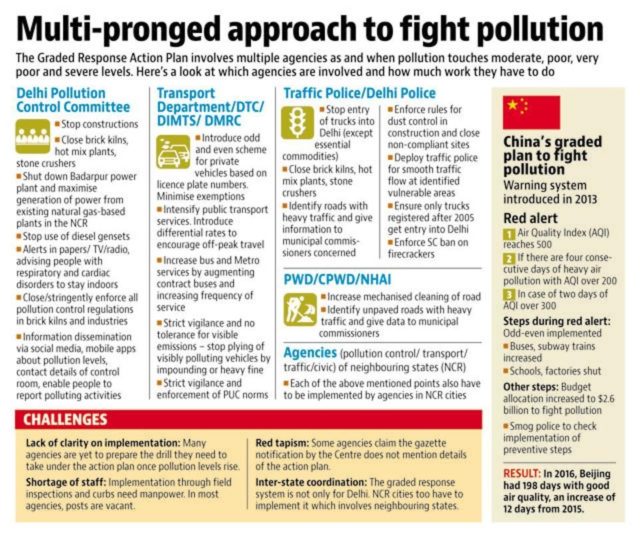
- Fourth, upgrading to zig-zag technology of highly-polluting brick-kilns industry to be completed before the start of winter has been partially done. Also, the ban on use of coal in industries after October 30 is not effectively implemented according to National Green Tribunal.
- Fifth, although fewer stubble-burning cases have been observed in 2018 as compared to 2017, the situation is far from satisfactory.
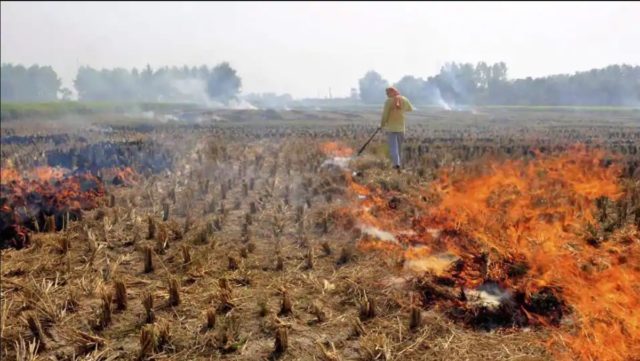
- While stubble burning has to be completely stopped, pollution from other sources has to be controlled by strict enforcement of time-bound ambitious targets and honest monitoring, as Beijing has done.
- - - - - - - - - -
Leave a Reply
Your Comment is awaiting moderation.


